
Talent managers play an absolutely essential role in shaping the future of organizations. They are the architects behind identifying, nurturing, and retaining top talent, ensuring a company’s long-term success and stability. As leaders and HR professionals, understanding their approach to these critical functions is paramount. Asking the right questions unlocks invaluable insights into their strategies, philosophies, and practical capabilities.
This deep dive isn’t just about vetting candidates; it’s about gaining a comprehensive understanding of how a talent manager plans to build a robust, engaged, and high-performing workforce. From proactive pipeline development to fostering an inclusive culture, their responses will reveal their strategic thinking and ability to connect with people. Empower yourself to make informed decisions that drive growth and cultivate an environment where every employee can thrive.
Prepare for these discussions by delving into the core competencies of talent management. We’ll explore questions covering foundational experience to specific strategies for employee development and retention. Each inquiry is designed to offer a clear picture of a talent manager’s expertise and their potential impact on your organization’s most valuable asset: its people.
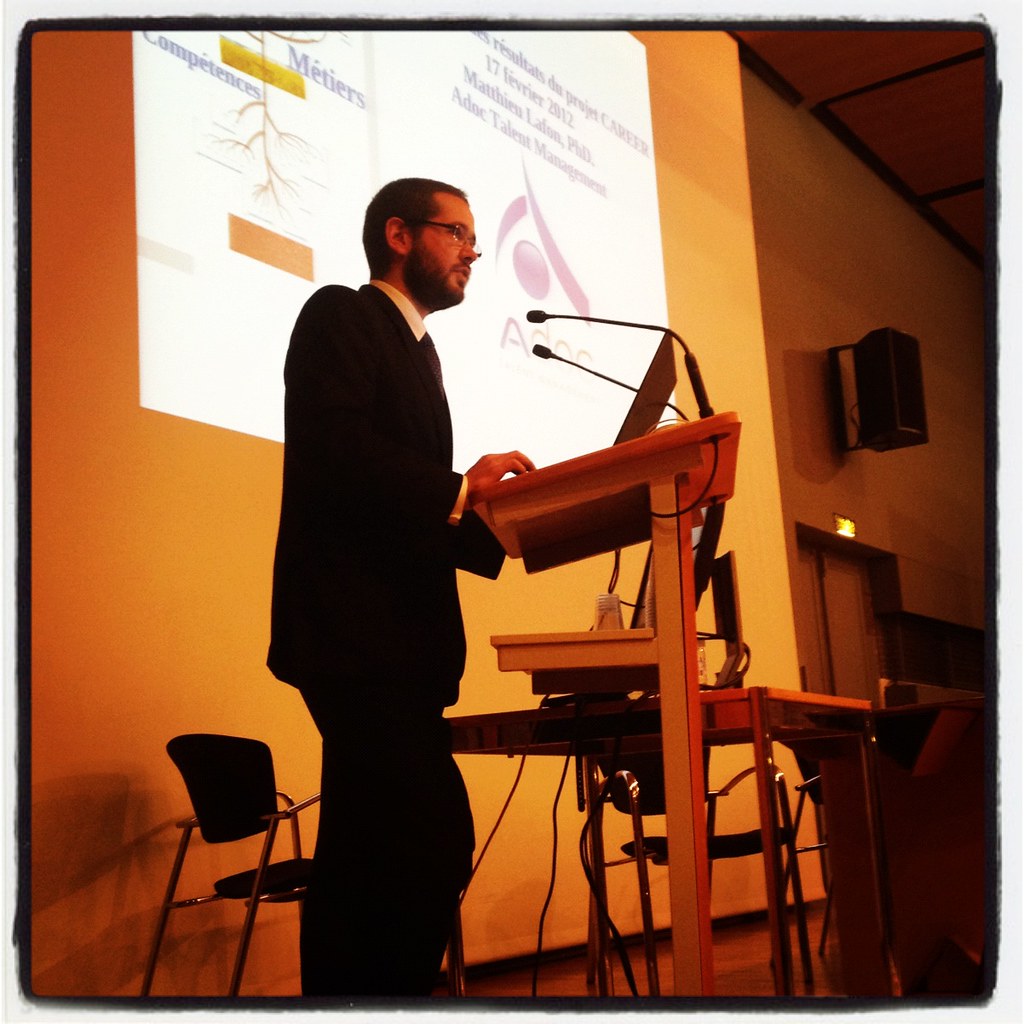
1. **What is your experience in talent management, and how has it prepared you for this role?**Hiring managers want to understand a candidate’s background and expertise in talent management. This foundational question helps gauge if their experiences have equipped them with the necessary skills and knowledge. It’s an opportunity to lay out your journey and connect past achievements to the role’s demands.
The goal is to demonstrate a comprehensive understanding of the entire talent lifecycle. This includes attracting and hiring top candidates, then nurturing and retaining valuable employees. A strong answer highlights diverse experiences, showing how each stage contributed to a holistic skill set vital for the role.
For instance, describe starting as a recruitment specialist and transitioning into a talent development coordinator. Emphasize strong communication skills, an ability to identify skill gaps, and a keen eye for recognizing individual potential. Ultimately, this question is about convincing the interviewer you’re the right person, articulating how your background applies to building a robust talent pipeline and fostering continuous growth.
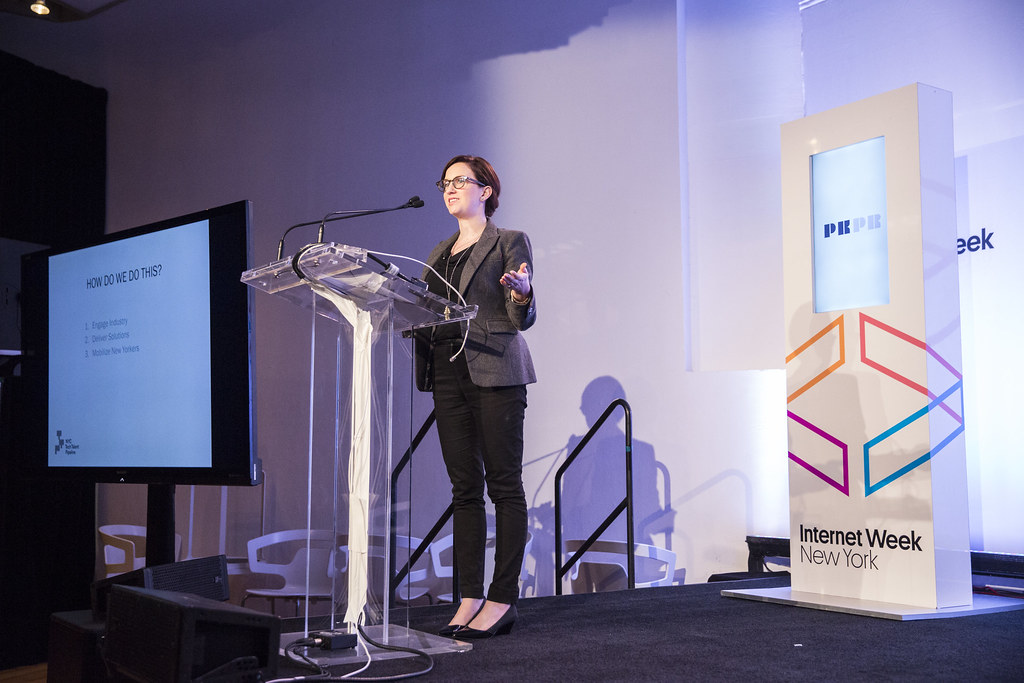
2. **Can you describe the process of creating a talent pipeline for an organization?**Creating a talent pipeline is a proactive approach to meet future talent needs. Interviewers seek a clear demonstration that you understand this process and possess a defined strategy. This shows foresight and strategic planning for continuous talent flow.
The initial step identifies key roles requiring a continuous talent flow, anticipating future needs from growth or industry shifts. Once critical positions are mapped, developing candidate personas is crucial. These detail the specific skills, experience, and cultural fit for each role.
With personas in place, focus shifts to targeted sourcing strategies. Leverage professional networks, social media, job boards, and partnerships with educational institutions. The goal is a wide, yet precise, net for suitable individuals.
Engaging and nurturing relationships with potential candidates is vital. Achieve this through consistent communication, like sharing company content or event invitations. This keeps your organization top-of-mind, increasing the likelihood candidates will join when opportunities arise. A robust applicant tracking system (ATS) manages interactions, ensuring no promising candidate is overlooked.
Ultimately, a well-developed talent pipeline is a strategic asset. It empowers organizations to fill vacancies swiftly, minimizing business disruptions. This proactive approach ensures skilled professionals are ready for evolving company needs, securing future growth.

3. **How do you identify high-potential employees within an organization?**Talent managers need a discerning eye for spotting top performers with growth potential. Interviewers gauge your ability to recognize these individuals and pinpoint their distinguishing qualities, skills, and behaviors. This insight is foundational for succession planning and nurturing future leaders.
A systematic approach starts by establishing clear, objective criteria aligned with company values and strategic goals. These include adaptability, leadership skills, problem-solving, and a willingness to learn. Collaboration with managers and team leaders then gathers performance data and observes daily employee behavior.
Beyond formal metrics, pay attention to how employees tackle challenges, their project engagement, and effective collaboration. Peer and supervisor feedback offers invaluable 360-degree insights into growth potential.
Synthesizing this information helps create a shortlist of high-potential candidates. Work closely with management to develop tailored plans and opportunities for these individuals. This ensures they receive focused support to realize their full potential, aligning their growth with organizational needs.

4. **What strategies have you used to retain top talent in previous roles?**Talent retention is a critical pillar of effective talent management. Hiring managers seek a proven track record of strategies that keep top employees engaged, motivated, and committed. Articulating these demonstrates your understanding of employee needs and ability to foster a positive, growth-oriented work environment.
One effective strategy involves comprehensive employee development programs. Offer regular training, workshops, and opportunities for industry conferences or relevant certifications. Providing these growth avenues enhances skills and unequivocally shows the company’s commitment to professional advancement.
Another crucial aspect is fostering open communication and timely, constructive feedback. Conduct regular check-ins to discuss performance, goals, and concerns. This proactive approach addresses issues early, ensuring employees feel valued and heard.
Furthermore, recognize and reward outstanding performance through bonuses, promotions, or other incentives. Such recognition motivates employees, keeping them engaged and committed to the company’s success. It solidifies their connection and reinforces the value of their contributions.
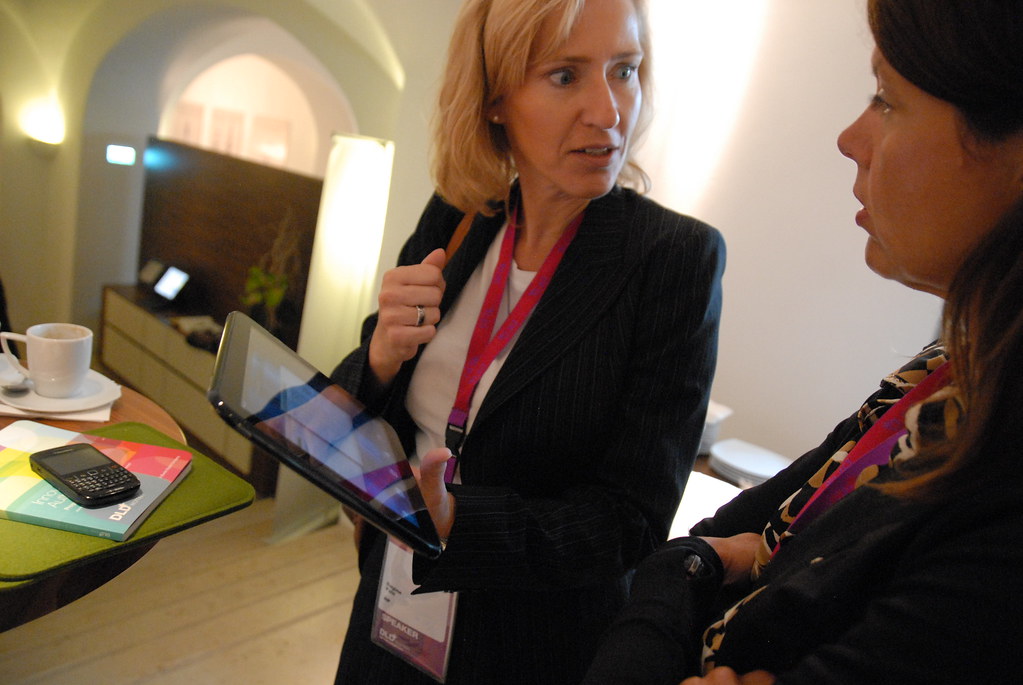
5. **Describe a time when you had to manage a difficult employee situation.**Managing challenging employee situations is an inherent part of being a talent manager. Your capacity to handle difficult employees and resolve conflicts effectively demonstrates leadership, communication, and problem-solving skills. Interviewers assess your practical experience to ensure you maintain a positive environment while guiding employees toward growth.
Consider a scenario where a team member consistently missed deadlines and struggled with communication, causing team tensions. The initial step is a private, one-on-one conversation. The goal is to understand their perspective and uncover underlying issues contributing to their behavior.
During this discussion, you might learn the employee feels overwhelmed or unsupported. With this insight, collaboratively develop an action plan. This could involve prioritizing assignments, setting realistic deadlines, and identifying additional support resources.
Address skill gaps, perhaps by arranging communication training. Over time, consistent effort and support often lead to significant improvements in individual performance and team morale. This highlights the importance of addressing difficult situations proactively and cooperatively finding solutions benefiting both the individual and the organization.
Read more about: Mastering the Nuances: A Business Insider’s Guide to Differentiating ‘Worse’ and ‘Worst’ for Precision Communication
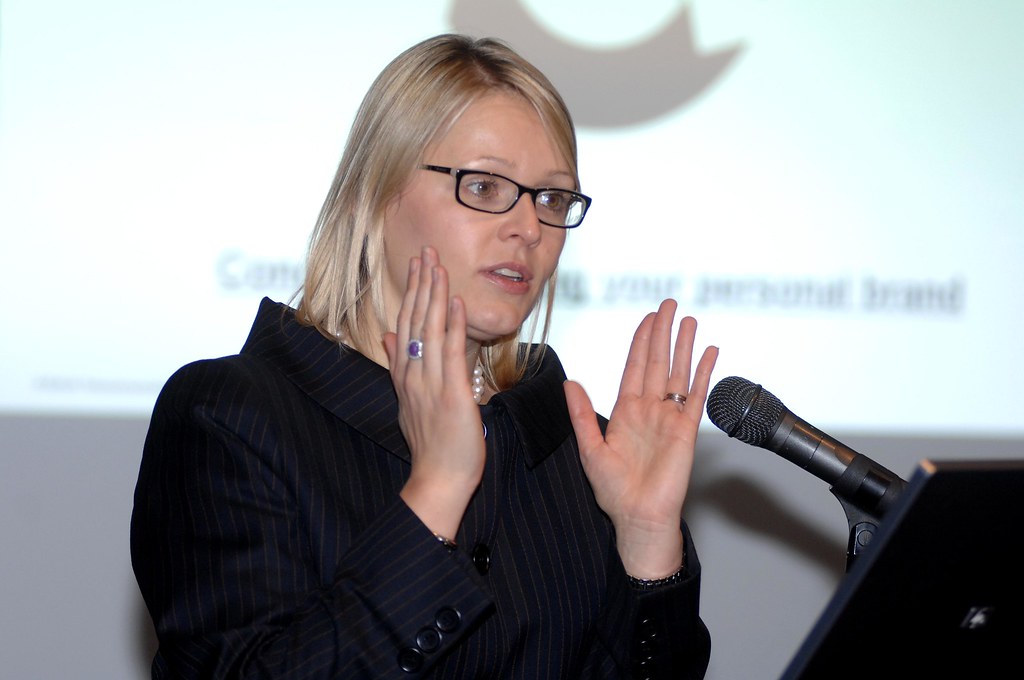
6. **How do you ensure that performance reviews are fair and unbiased?**Assessing employee performance is a cornerstone responsibility. Guaranteeing fair and unbiased evaluations is critical for a healthy, equitable work environment. Interviewers seek your methodology for eliminating bias, data gathering, and delivering constructive feedback—all vital for employee and organizational success.
Fairness begins with establishing clear, objective criteria for evaluations. These criteria must directly tie to job responsibilities and align with company goals. This creates transparency, ensuring employees understand expectations and how performance is measured.
Gathering input from multiple sources is vital, including peers, supervisors, and subordinates where appropriate. This 360-degree feedback offers a holistic view, significantly minimizing individual biases. It builds a robust and credible evaluation.
Foster open communication during the review process. Employees should share perspectives and achievements, helping identify discrepancies. To further mitigate bias, continuous education on unconscious biases for you and your team is indispensable. Regular training helps maintain awareness and ensure fairness in all evaluations.
Read more about: 14 Essential HR Manager Interview Questions: Unlocking Success with Expert Strategies

7. **What methods do you use to assess employee skills and competencies?**Evaluating employee skills and competencies is a key talent manager role. This ensures the right people are in the right positions and employees develop to their fullest potential. Interviewers want to understand your systematic approach—from formal reviews to skill tests—and how you leverage this data for employee growth and organizational success.
A multi-faceted assessment approach is most effective. Structured interviews with employees, focusing on past experiences and accomplishments, are a primary method. This qualitative approach helps understand strengths, areas for improvement, and practical skill application in real situations.
Performance evaluations are also crucial, involving thorough reviews of work output and discussions with direct supervisors. These offer invaluable insights into technical abilities, problem-solving acumen, and overall job performance within specific contexts. They provide concrete examples of competency in action.
Employing objective measures like psychometric assessments or skill-based tests offers a standardized understanding of aptitude and potential. These tools provide quantitative data complementing qualitative insights. Combining these techniques constructs a comprehensive profile of employee capabilities, enabling informed decisions on training, development, and career progression.
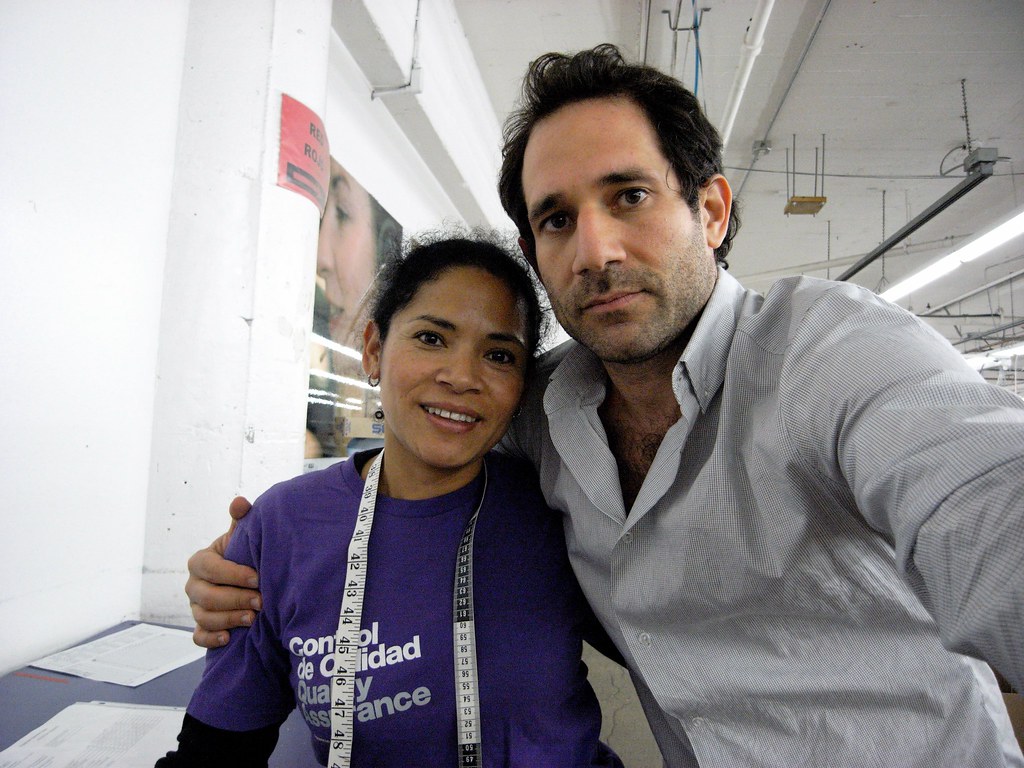
8. **How do you create development plans for employees with different career goals?**Crafting personalized development plans is paramount for any talent manager. Employees come with diverse aspirations and unique strengths, so a one-size-fits-all approach simply won’t cut it. Demonstrating your ability to identify individual career goals and build tailored plans is a huge asset, showcasing your strategic thinking and commitment to both individual and organizational growth.
Start with one-on-one conversations. Delve deep into each employee’s aspirations, understanding their unique strengths and where they envision their career heading. This personalized dialogue is the bedrock for a plan that genuinely aligns with their objectives, simultaneously benefiting the organization by cultivating skilled and motivated individuals. Identify relevant training programs, workshops, or courses that can help them acquire new skills or enhance existing ones, making sure these opportunities are directly tied to their stated goals.
Beyond formal training, look for practical opportunities within the company to apply these newly acquired or improved skills. This could involve cross-functional projects, job rotations, or stretch assignments. Hands-on experience is invaluable; it not only accelerates professional growth but also fosters collaboration and knowledge sharing across departments. Such opportunities ensure learning translates into tangible contributions.
Throughout this entire process, maintain open and consistent communication. Provide regular feedback on progress, and be prepared to adjust the development plan as needed. Regular check-ins are crucial for staying aligned with their goals, keeping employees engaged, and ensuring they remain motivated on their career journey. This adaptable approach helps employees feel truly supported in their professional evolution.
9. **What role does succession planning play in talent management?**Succession planning is a non-negotiable component of effective talent management. It’s the strategic foresight that ensures a company’s future success by meticulously identifying and preparing employees for critical leadership roles. Interviewers want to see that you grasp the profound importance of this process, your knack for spotting high-potential employees, and your concrete strategies for nurturing them into future leaders. This speaks volumes about your commitment to the organization’s long-term growth and stability.
Consider succession planning as an ongoing, dynamic process, not a one-time event. It demands continuous assessment of employees’ skills, their current performance, and their potential to step into greater leadership responsibilities. The core objective is to have a ready pipeline of talent who can seamlessly transition into key positions when vacancies inevitably arise due from retirements, promotions, or other organizational shifts.
To effectively execute this, focus on providing targeted development opportunities. This encompasses structured training programs, dedicated mentorship initiatives, and strategic job rotations. These opportunities are designed to help high-potential employees acquire the specific experience and competencies essential for future leadership roles. It’s about building capabilities proactively.
The benefits extend beyond merely filling seats. Robust succession planning maintains business continuity, minimizes disruptions, and fosters deeper employee engagement. By demonstrating a clear commitment to their career growth and success within the organization, you cultivate loyalty and empower employees to see a long-term future with the company. It’s a win-win for everyone involved.

10. **How do you handle internal promotions versus external hires?**Striking the right balance between internal promotions and external hires is a delicate but crucial aspect of talent management. This question reveals your ability to develop existing employees while also thoughtfully sourcing fresh perspectives and specialized expertise. It’s about showcasing your discernment in finding the best fit for a role, all while nurturing growth and development within the organization. Demonstrating this balance is key for sustained employee satisfaction and overall company success.
My initial step is always to thoroughly assess the existing talent within the organization. I meticulously evaluate employees’ skills, their accumulated experience, and their potential for growth to ascertain if there are suitable internal candidates who could not only step into a new role but truly excel in it. This internal audit ensures we don’t overlook valuable talent already contributing to our mission.
Internal promotions offer significant advantages. They are powerful morale boosters, fostering loyalty and a sense of career progression among employees. Furthermore, they capitalize on the invaluable institutional knowledge that current employees possess about the company culture, processes, and strategic goals. Promoting from within often leads to faster integration and a quicker impact on the role.
However, if a comprehensive internal review reveals no suitable candidate, or if a particular role demands a fresh perspective or highly specialized expertise not present internally, I then pivot to external hiring. This involves close collaboration with HR and relevant department heads to craft an accurate job description and pinpoint the key qualifications needed. We then execute a thorough recruitment process, ensuring candidates are evaluated on both their specific skill fit and their alignment with the organization’s culture. The ultimate decision is always rooted in the specific needs of the organization and the available talent pool, both internal and external.

11. **Describe your approach to onboarding new employees.**My approach to onboarding new employees is centered on creating an immediately welcoming environment and equipping them with every tool and resource necessary for success right from day one. Onboarding isn’t just paperwork; it’s the critical first impression and foundation for a new hire’s entire journey within the company. A well-structured process ensures new talent feels valued, supported, and ready to contribute.
The process begins even before their first day. I ensure their workspace is fully prepared, IT equipment is set up, and they have access to all essential systems and software. This smooth logistical start demonstrates our professionalism and that we genuinely value their arrival. During their initial week, I schedule comprehensive orientation sessions where new hires learn about our company culture, core values, key policies, and operational procedures. Equally important are introductions to key team members and stakeholders, fostering crucial relationship-building from day one.
To further facilitate integration and ongoing support, I make it a priority to assign a mentor or a ‘buddy.’ This seasoned colleague provides invaluable guidance and a go-to resource as new employees navigate their initial weeks and months within the organization. This informal support network is crucial for addressing questions and helping them assimilate into the team dynamics.
For long-term success, I collaborate closely with managers to develop personalized training plans tailored to each employee’s specific role and existing skill set. These plans typically include a blend of hands-on training, participation in relevant workshops, and access to online courses. Regular check-ins are scheduled during the first few months to proactively address any concerns, monitor their progress, and offer constructive feedback. This comprehensive onboarding strategy ensures new employees feel genuinely supported and are optimally positioned for sustained success within the organization.
Read more about: The Quiet Quitting Phenomenon: Why Younger Generations Are Fundamentally Changing the Workplace

12. **What steps do you take to foster a positive work culture?**Fostering a positive work culture is not just a nice-to-have; it’s a vital component of talent management that directly impacts employee satisfaction, engagement, and retention. It starts with a deep understanding of employee needs and aspirations, coupled with an unwavering commitment to promoting open and honest communication throughout the organization. A healthy, collaborative environment is a magnet for top talent and a catalyst for overall organizational success.
One of my key initial steps is regularly conducting employee surveys and hosting informal ‘town hall’ style meetings. These avenues provide invaluable feedback on employees’ experiences within the organization, allowing me to identify areas for improvement. By actively listening and implementing changes based on this feedback, we build a more supportive and inclusive environment where everyone feels heard and valued.
Another critical aspect is the consistent recognition and celebration of achievements, both individual and collective. I make a conscious effort to acknowledge hard work and accomplishments through various channels, whether it’s shout-outs in team meetings, features in company newsletters, or formalized recognition programs. This consistent validation not only boosts morale but also cultivates a strong sense of camaraderie and shared success among colleagues, reinforcing positive behaviors.
Moreover, I actively champion and promote opportunities for continuous professional development and growth. This includes offering targeted training sessions, specialized workshops, and robust mentorship programs. By providing employees with accessible resources to enhance their skills and advance their careers, we contribute significantly to their overall job satisfaction. This also fosters a vibrant culture of continuous learning and improvement, ensuring our workforce remains agile and future-ready.

13. **How do you measure the success of your talent management initiatives?**Evaluating the effectiveness of talent management initiatives is absolutely crucial for understanding their true impact on the organization. It’s not enough to simply implement programs; you need to track whether they’re actually working. Interviewers want to see that you can identify key performance indicators (KPIs), establish measurable goals, and leverage data-driven insights to track progress, allowing for necessary adjustments to your approach. This demonstrates proactive decision-making and a genuine commitment to continuous improvement in talent development.
To measure success, I utilize a robust combination of both quantitative and qualitative metrics. On the quantitative front, I meticulously monitor key performance indicators (KPIs) such as employee retention rates, the average time-to-fill open positions, internal promotion rates, and comprehensive employee engagement scores. These KPIs offer invaluable, concrete insights into how effectively our talent management strategies are performing in terms of retaining our top performers, ensuring efficient vacancy filling, and fostering career growth opportunities within the organization.
Qualitatively, I gather essential feedback directly from employees through various channels: anonymous surveys, structured exit interviews, and candid one-on-one conversations. This direct feedback is instrumental in understanding their actual experiences with our talent management programs, helping to pinpoint areas for improvement and assess the overall impact on employee satisfaction and morale. These firsthand accounts provide a deeper, human layer to the quantitative data.
Furthermore, I actively collaborate with department heads to thoroughly evaluate how effectively our talent management initiatives are aligning with overarching business goals and contributing tangibly to organizational success. Ultimately, integrating a combination of these quantitative and qualitative measures provides a holistic view. This enables me to accurately gauge the true effectiveness of our talent management efforts and consistently make data-driven decisions that drive continuous improvement and optimize our talent strategies for the future.

14. **Have you ever implemented a mentorship program? If so, what was the outcome?**Talent managers are instrumental in fostering employee development and growth, and mentorship programs are a key tool in achieving this. This question probes your experience in creating and managing these vital programs, as well as your ability to objectively measure their effectiveness. Interviewers seek evidence that you can successfully design, implement, and evaluate initiatives that genuinely help employees grow professionally while simultaneously contributing positively to the overall organization.
Yes, I have successfully implemented a mentorship program in a previous role as a Talent Manager at a mid-sized tech company. The overarching goal of the program was multi-faceted: to facilitate robust knowledge sharing and targeted skill development among employees, while simultaneously fostering stronger, more cohesive relationships across the organization. We believed that connecting experienced professionals with newer team members would create a powerful synergy.
We carefully paired experienced professionals with newer team members, basing the pairings on their complementary skills, shared interests, and individual career goals. Over a six-month structured period, mentors and mentees engaged in regular one-on-one sessions, participated in insightful group workshops, and attended valuable networking events together. To ensure maximum benefit, we also provided comprehensive resources and clear guidelines to help both parties make the absolute most out of their mentorship relationship, setting clear expectations and pathways for success.
The outcome of this mentorship program was overwhelmingly positive and highly impactful. We observed a significant increase in employee engagement across the board, and notably, recorded tangible improvements in both job satisfaction and retention rates. Moreover, a substantial number of mentees reported gaining invaluable insights and critical skills from their mentors, directly contributing to their accelerated professional growth. The demonstrable success of this initiative led us to integrate the mentorship program as an ongoing, core component of our long-term talent management strategy, solidifying its place as a key development tool.

15. **What role does diversity and inclusion play in your talent management strategy?**Diversity and inclusion are not just buzzwords; they play an absolutely critical role in my talent management strategy. They are fundamental pillars that contribute directly to creating a more innovative, dynamic, and ultimately, a more successful work environment. Interviewers ask this question to gauge your unwavering commitment to fostering a truly diverse and inclusive workforce, and to understand your practical approach to cultivating an environment where individuals from all backgrounds can not only exist but genuinely thrive and contribute their best.
When developing a robust talent pipeline, I make it a priority to actively source candidates from truly diverse backgrounds. This ensures that our organization benefits from a wide spectrum of perspectives, experiences, and thought processes. By casting a wide net, we avoid homogeneity and instead cultivate a rich tapestry of talent that can tackle challenges from multiple angles, leading to more creative and effective solutions.
To foster an authentically inclusive culture, I collaborate extensively with HR and leadership teams. Together, we implement proactive policies and targeted initiatives that explicitly promote equity and actively support underrepresented groups within the organization. This includes offering essential training programs on unconscious bias, promoting accessible mentorship opportunities for all, and establishing vibrant employee resource groups. These groups provide communities and platforms for shared experience and advocacy.
These concerted efforts yield significant benefits. Not only do they help attract and retain a broader pool of top talent, but they also directly drive better decision-making and enhance problem-solving capabilities across the entire organization. By intentionally leveraging the unique strengths and diverse experiences of our workforce, we build a more resilient, adaptable, and ultimately, a more innovative company that is truly representative of the world we operate in.
As we’ve explored these 15 critical questions, it becomes clear that talent management is far more than just a set of HR procedures; it’s a strategic imperative. The insights gleaned from these discussions empower managers to build not just a workforce, but a thriving ecosystem where every individual feels valued, challenged, and supported. By asking these incisive questions, you don’t just fill roles; you cultivate leaders, champion growth, and engineer a future-proof organization. This proactive approach ensures your company isn’t just surviving, but truly flourishing in an ever-evolving landscape. Embrace these questions, and watch your talent—and your organization—soar.




